We often hear about the dark web being linked to terrorist plots, drug deals, knife sales and child pornography, but beyond this it can be hard to fully understand how the dark web works and what it looks like.

So just for a minute imagine that the whole internet is a forest – a vast expanse of luscious green as far as the eye can see. And in the forest are well worn paths – to get from A to B. Think of these paths as popular search engines – like Google – allowing you as the user the option to essentially see the wood from the trees and be connected. But away from these paths – and away from Google – the trees of the forest mask your vision.
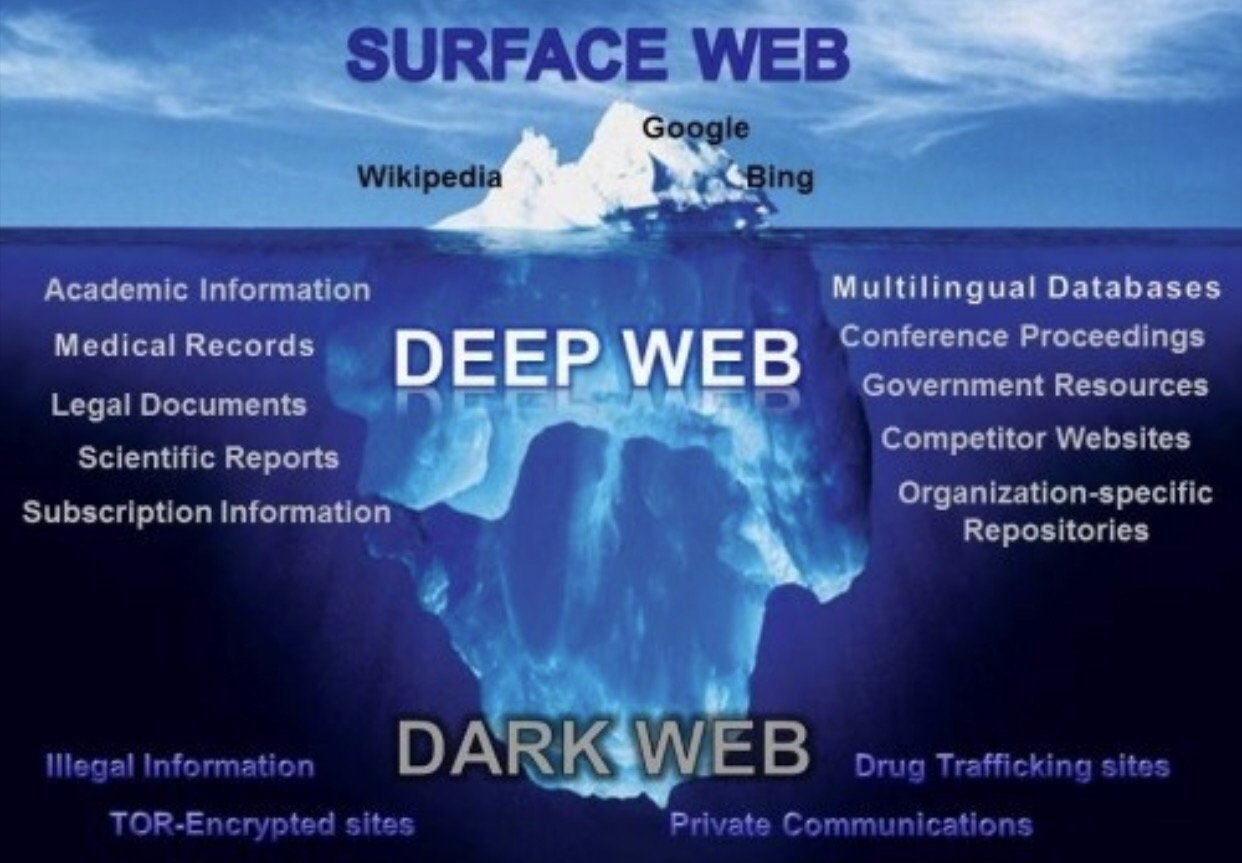
Off the paths it is almost impossible to find anything – unless you know what you’re looking for – so it feels a bit like a treasure hunt. Because really the only way to find anything in this vast forest is to be told where to look. This is how the dark web works – and it is essentially the name given to all the hidden places on the internet.
Just like the forest, the dark web hides things well – it hides actions and it hides identities. The dark web also prevents people from knowing who you are, what you are doing and where you are doing it. It is not surprising, then, that the dark web is often used for illegal activity and that it is hard to police.
Dark web technologies are robustly built without central points of weakness, making it hard for authorities to infiltrate. Another issue for law enforcement is that – like most things – the dark web and its technologies can also be used for both good and evil.
So in the same way criminals use it to hide what they are up to, it can also help groups fight oppression or individuals to whistle blow and exchange information completely anonymously. In fact, Tor – “free software and an open network that helps you defend against traffic analysis” and a critical part of the so-called dark web – has been funded by a range of Western governments, including the US.
A service like Tor, is global, in no one physical location, and is operated by no one commercial entity – which is typical of these technologies.
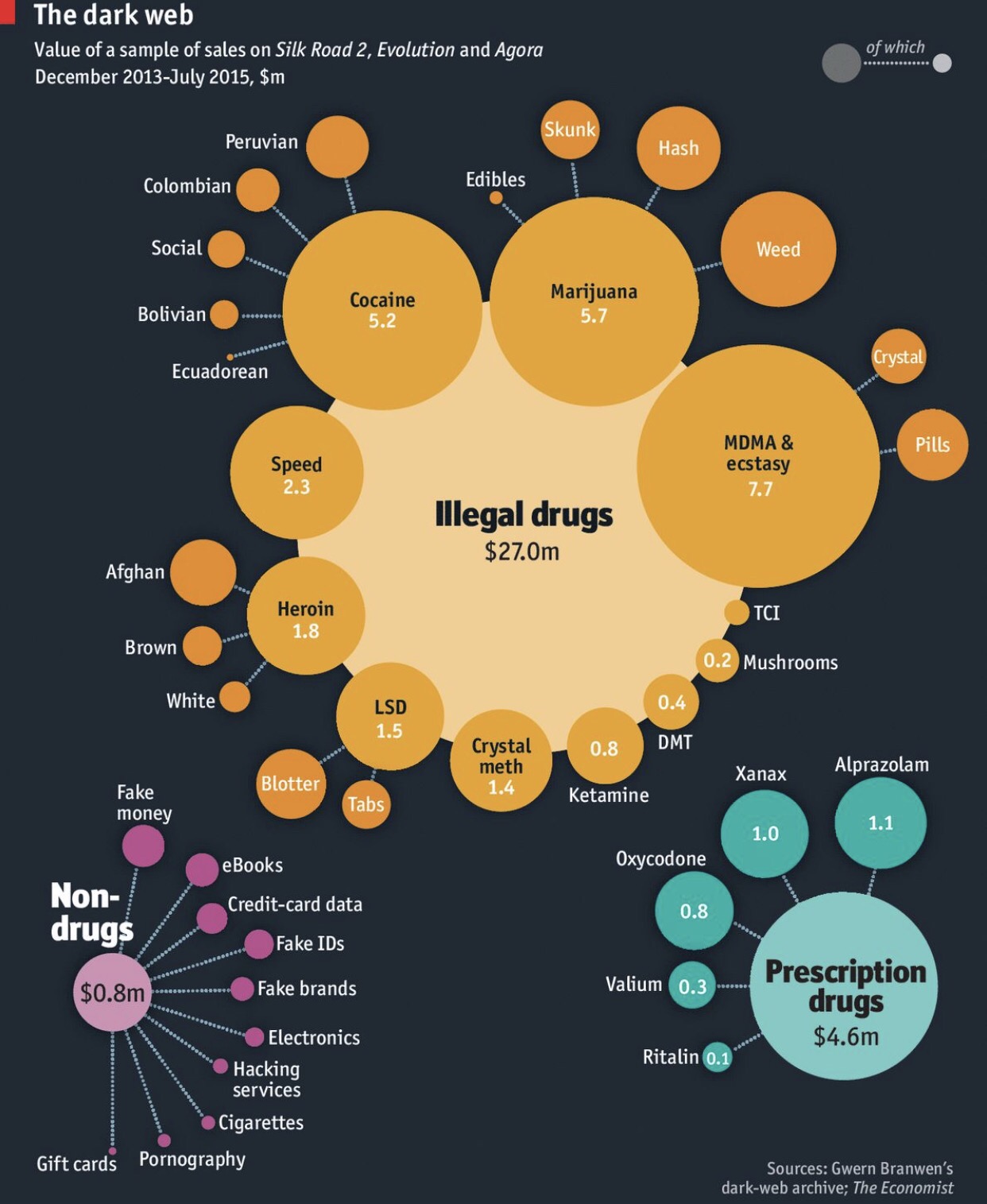
Theoretically, the only way to intercept communications sent via something like Tor is to install a “backdoor” in the application everyone uses. A backdoor is meant to provide a secret way to bypass an application’s protection systems – in a similar way to how people hide backdoor keys in flower pots in the garden in case they get locked out of their house.
However, the use of a “backdoor” could also allow any governments – even oppressive ones – to intercept communications. Indeed, cyber breaches have shown us that any backdoor or weakness can be found and exploited by hackers in order to steel people’s information, pictures and data.
Of course, none of this is new – criminals have always found ways to communicate with each other “under the radar”. Mobile phones have been used by criminal gangs to organise themselves for a long time, and as a society we are comfortable with laws enabling police to tap telephones and catch criminals.
Unfortunately, infiltrating the dark web is not quite as easy as tapping the local telephone exchange or phone network. Because the dark web is quite unlike the telephone system – which has fixed exchanges and is operated by a small set of companies, making interception easier.
Even if tapping the dark web was a straightforward exercise, morally it is still fraught with questions. In the UK, the Draft Investigatory Powers Bill, dubbed the snoopers’ charter, sets out the powers and governance for Law Enforcement over communications systems. However, the discussion of the bill has been impacted by the Snowden revelations which have demonstrated that society is not comfortable with mass, unwarranted surveillance.
This public distrust has led to many technology companies pushing back when it comes to accessing users’ devices. We have seen Microsoft take on the US government over access to email and Apple against the FBI when petitioned to unlock an iPhone of a known terrorist.
And yet some of these same communications companies have been harvesting user data for their own internal processes. Famously, Facebook enabled encryption on WhatsApp, protecting the communications from prying eyes, but could still look at data in the app itself.
For now, though, it is clear that we still have a long way to go until society, government, law enforcement and the courts settle on what is appropriate use of surveillance both on and offline. And until then we will have to live with the fact that the one person’s freedom fighting dark web is another’s criminal paradise.
Source: Daniel Prince, Lancaster University
What does it mean to be a ‘sustainable city’, and which cities around the world are best at it? A new index sets out to find the most successful from a list of 100 cities. The Swedish capital Stockholm is at top of the list.
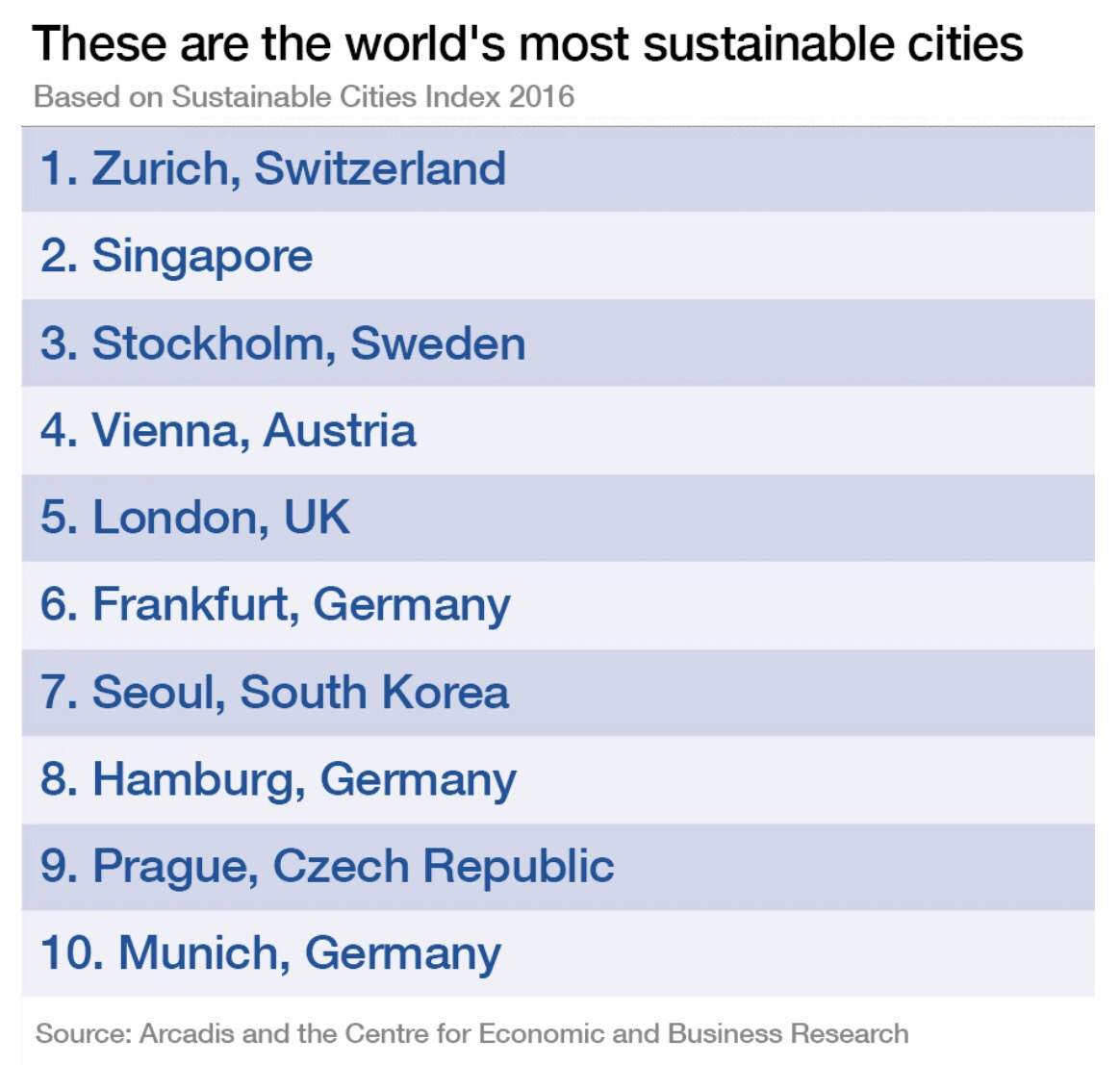
The ranking from Arcadis, a design and consultancy firm, and the Centre for Economic and Business Research, assesses the sustainability of cities based on three dimensions. The ranking also highlights the pressure cities are under – from population growth to natural disasters.
“Balancing the immediate needs of today without compromising the needs of tomorrow is at the heart of being a sustainable city,” the authors write.
The index uses ‘three pillars of sustainability’ to rank 100 global cities. You can see the full ranking here.
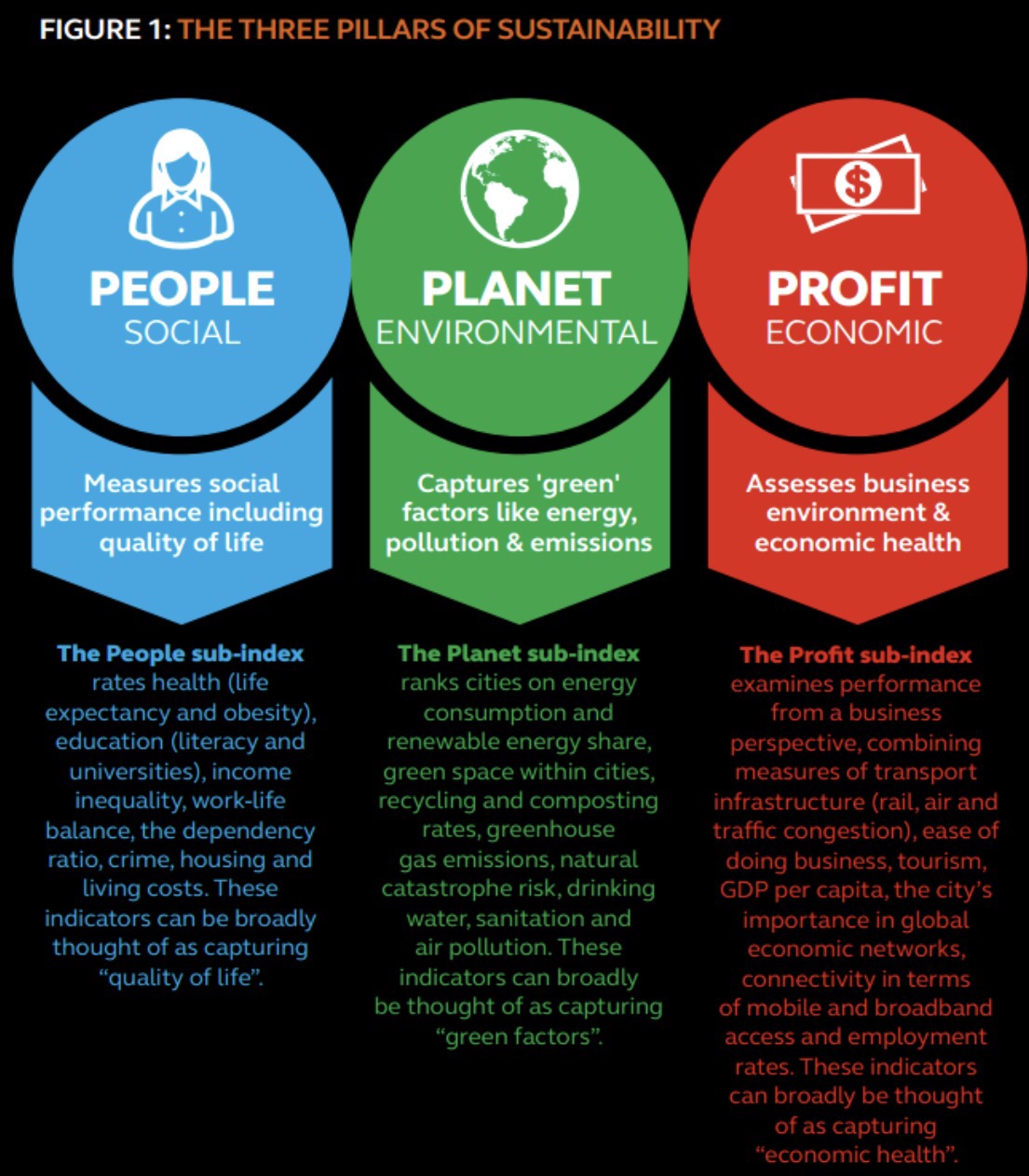
People (social): The people pillar looks at quality of life, assessing areas such as health, education and work-life balance.
Planet (environmental): This pillar examines areas including energy consumption, renewable energy share, and green spaces.
Profit (economic): The economic pillar looks at environment and economic health of the city. Sub-pillars include ease of doing business, GDP per capita and connectivity.
The Swiss city of Zurich tops the ranking. It tops the environmental dimension, and is 5th in the economic pillar, but scores less well in the social dimension. The report highlights affordability and work-life balance as the main reasons for this.
Singapore, the city-state, takes second place, while Stockholm, Sweden’s capital, completes the top three.
The top 10 is dominated by European nations, with Singapore and Seoul the only cities to break the monopoly. German cities feature highly, with Frankfurt, Hamburg and Munich all making the top 10.
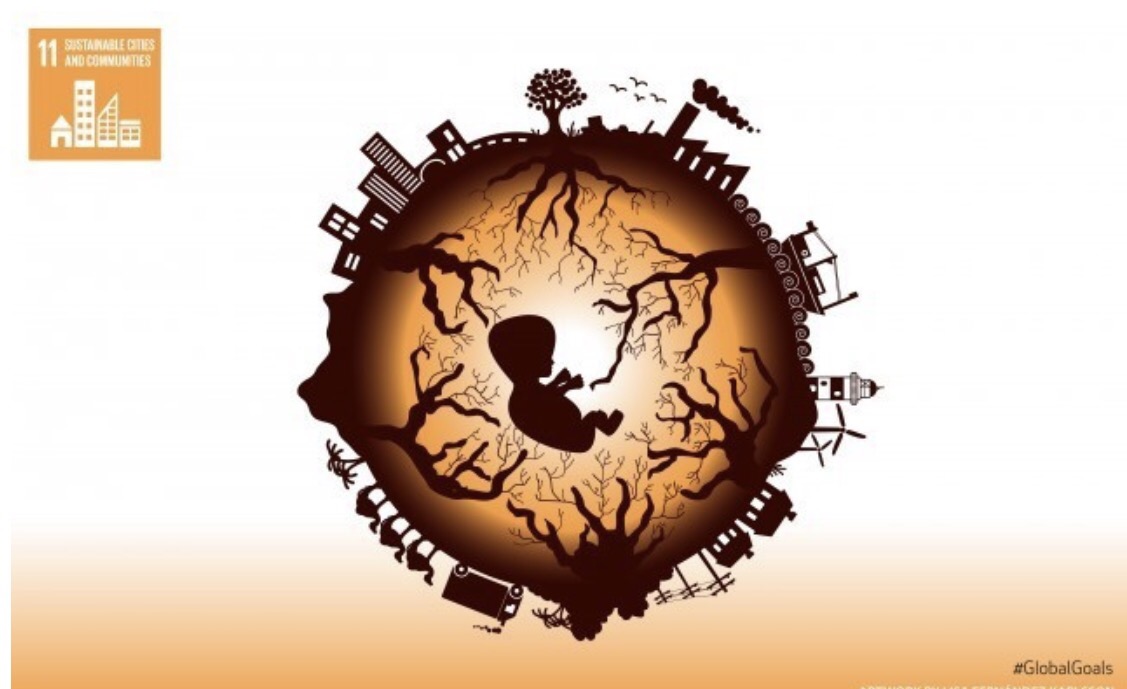
With the UN’s Sustainable Development Goal 11 also focusing on sustainable cities and communities, sustainability is a hot topic for cities across the globe.
Today, November 14, Prime Minister Stefan Löfven met President of Ukraine Petro Poroshenko, when the the President made his first official visit to Stockholm.
President Poroshenkos visit is part of an intense stream of bilateral meetings between Sweden and Ukraine.
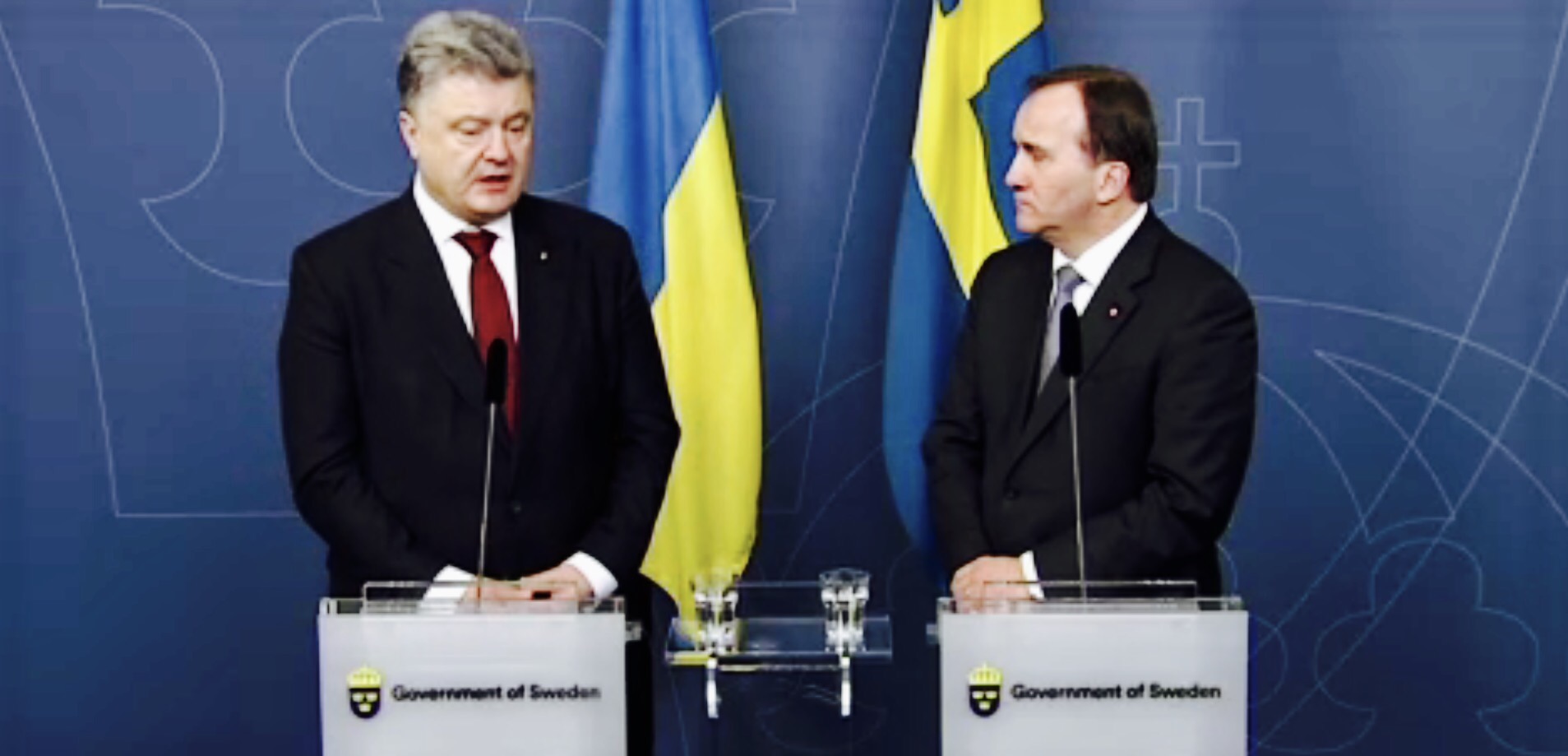
During the meeting Prime Minister Löfven confirmed that Sweden stands by Ukraine in these difficult and trying times and will provide all assistance possible.
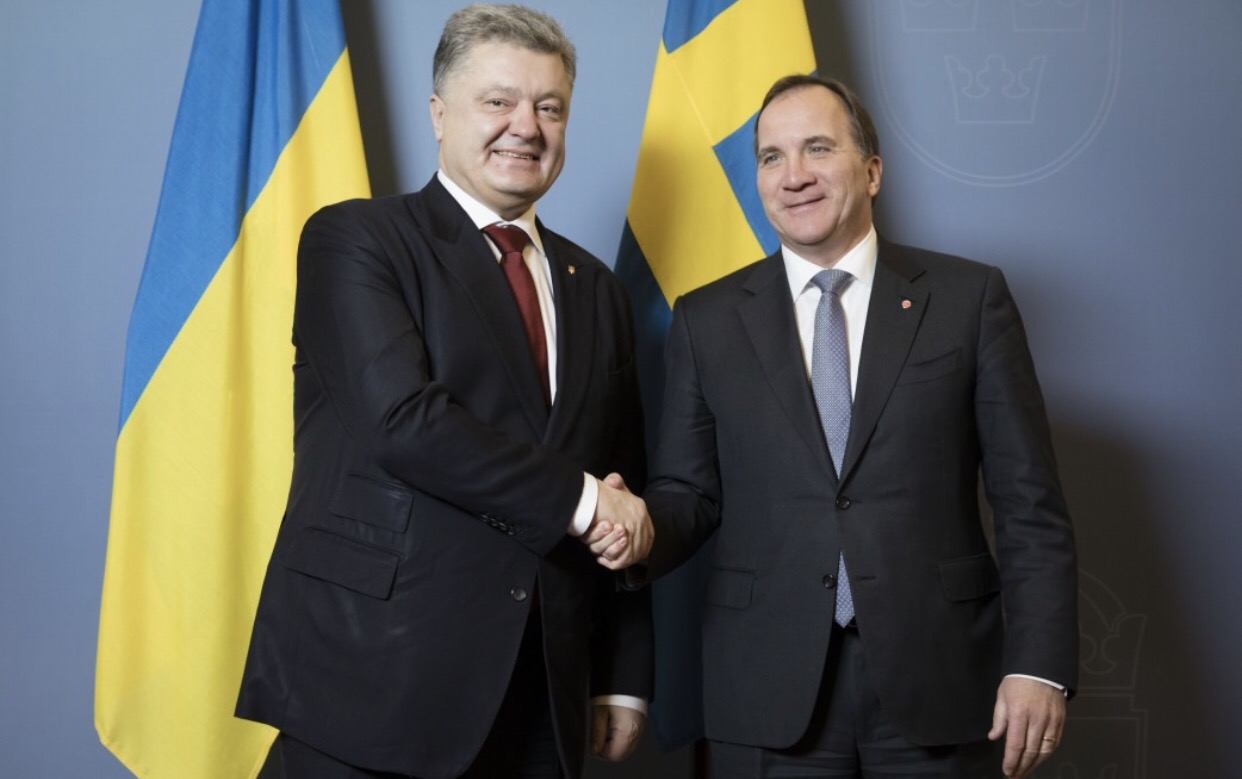
Sweden welcomes the reforms already under way in Ukraine. Ukraine has over the past two years, accomplished more than in the two decades following the country’s declaration of independence.
Further more the two leaders agreed that there are important reforms still to be implemented. They discussed how Sweden can best continue to support Ukraine’s efforts to reform and establish closer ties with the European Union.
They spoke of continued efforts to combat corruption and to strengthen the rule of law, and to continue the already launched decentralization and energy reforms.
Sweden will continue to provide significant support for reforms in these areas.
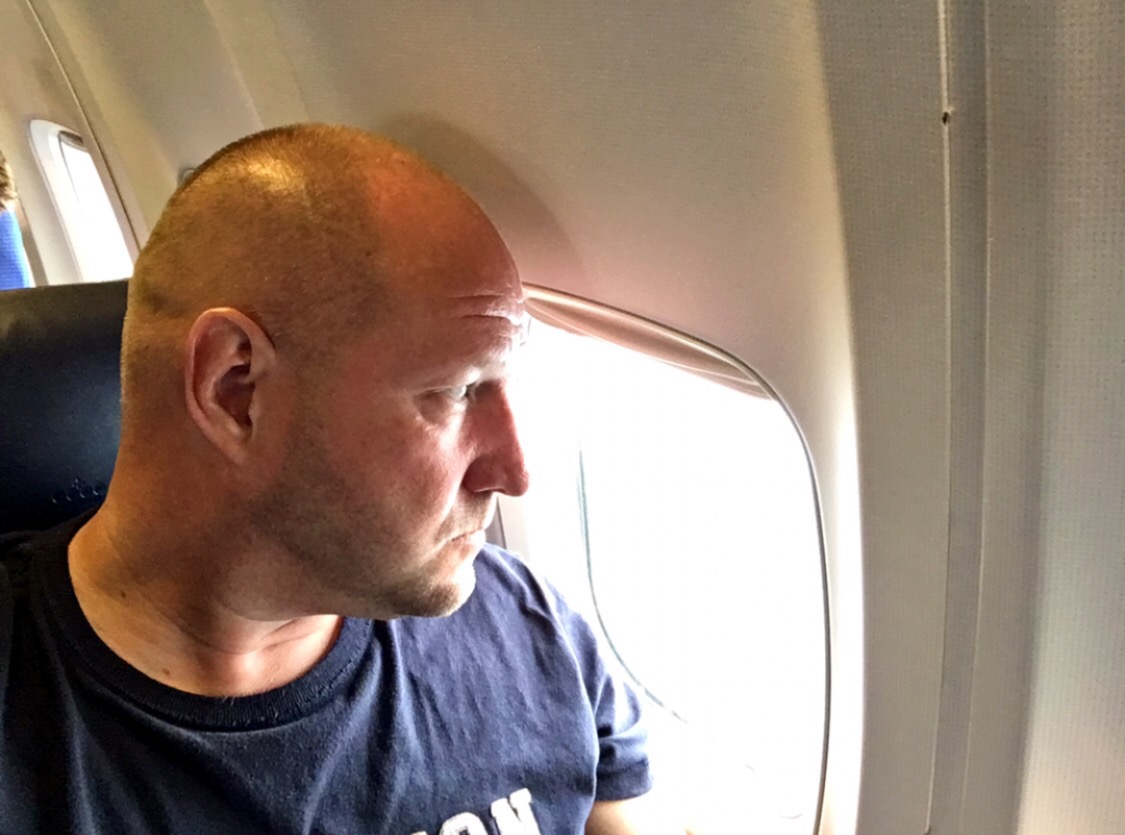
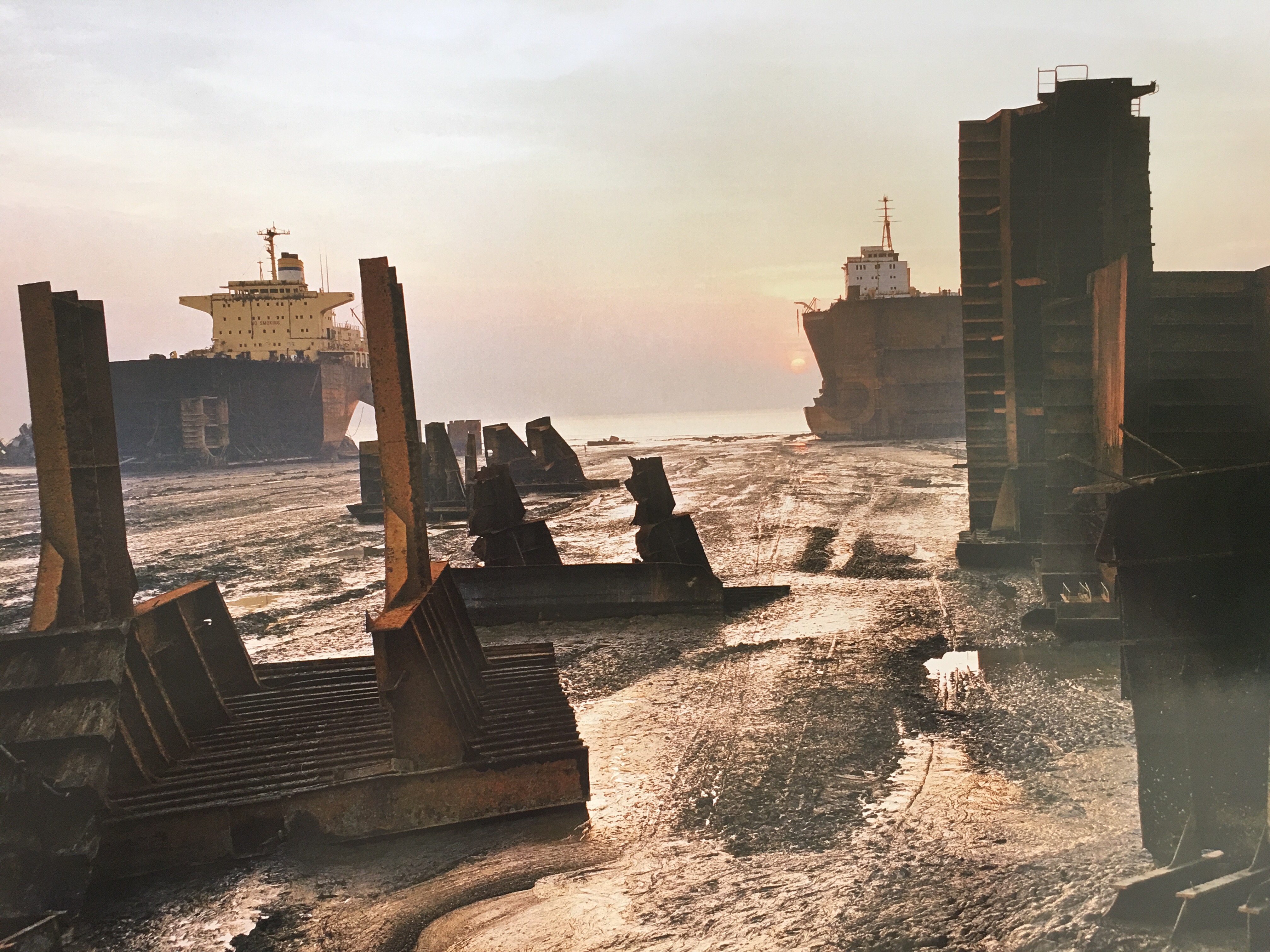
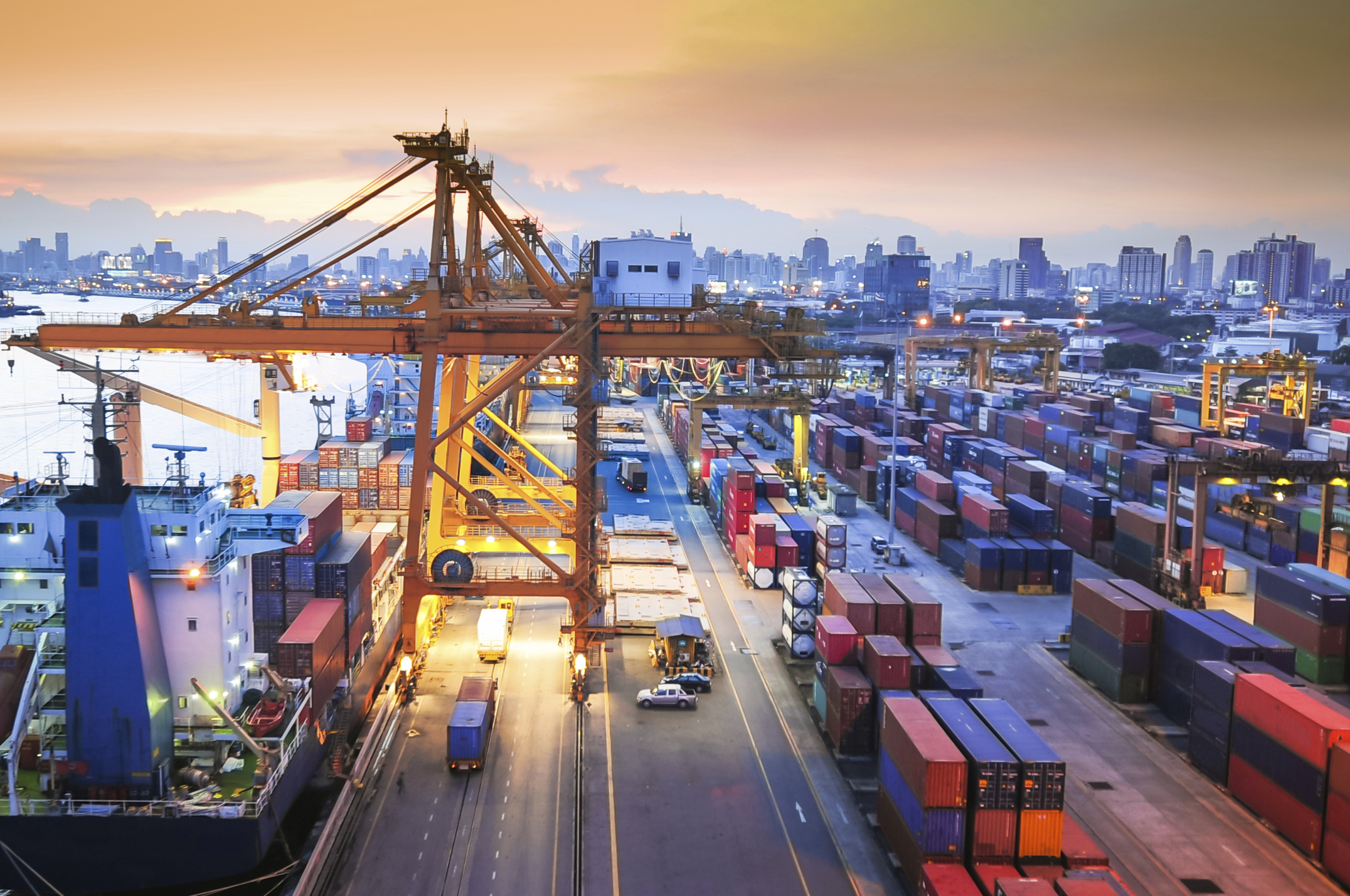

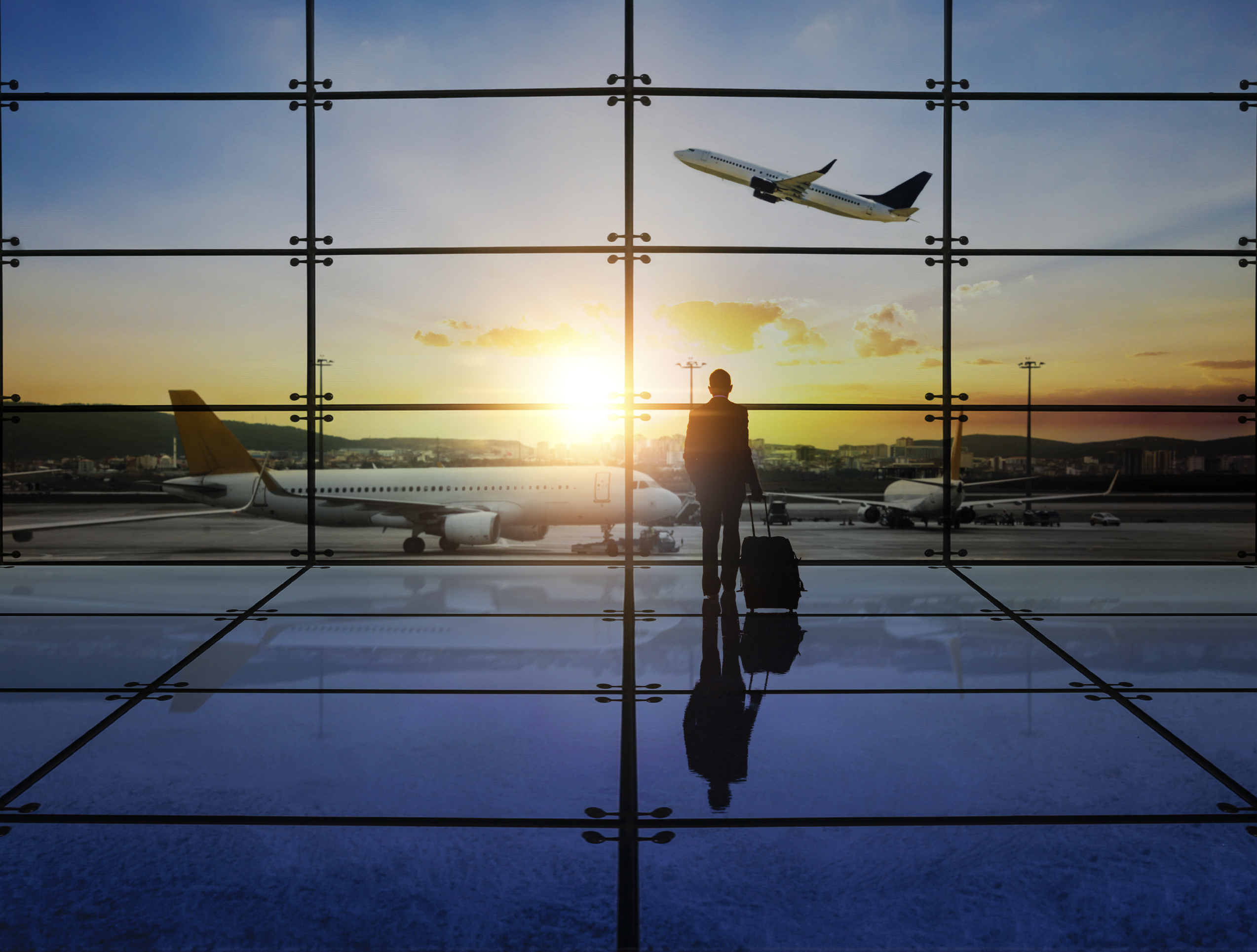

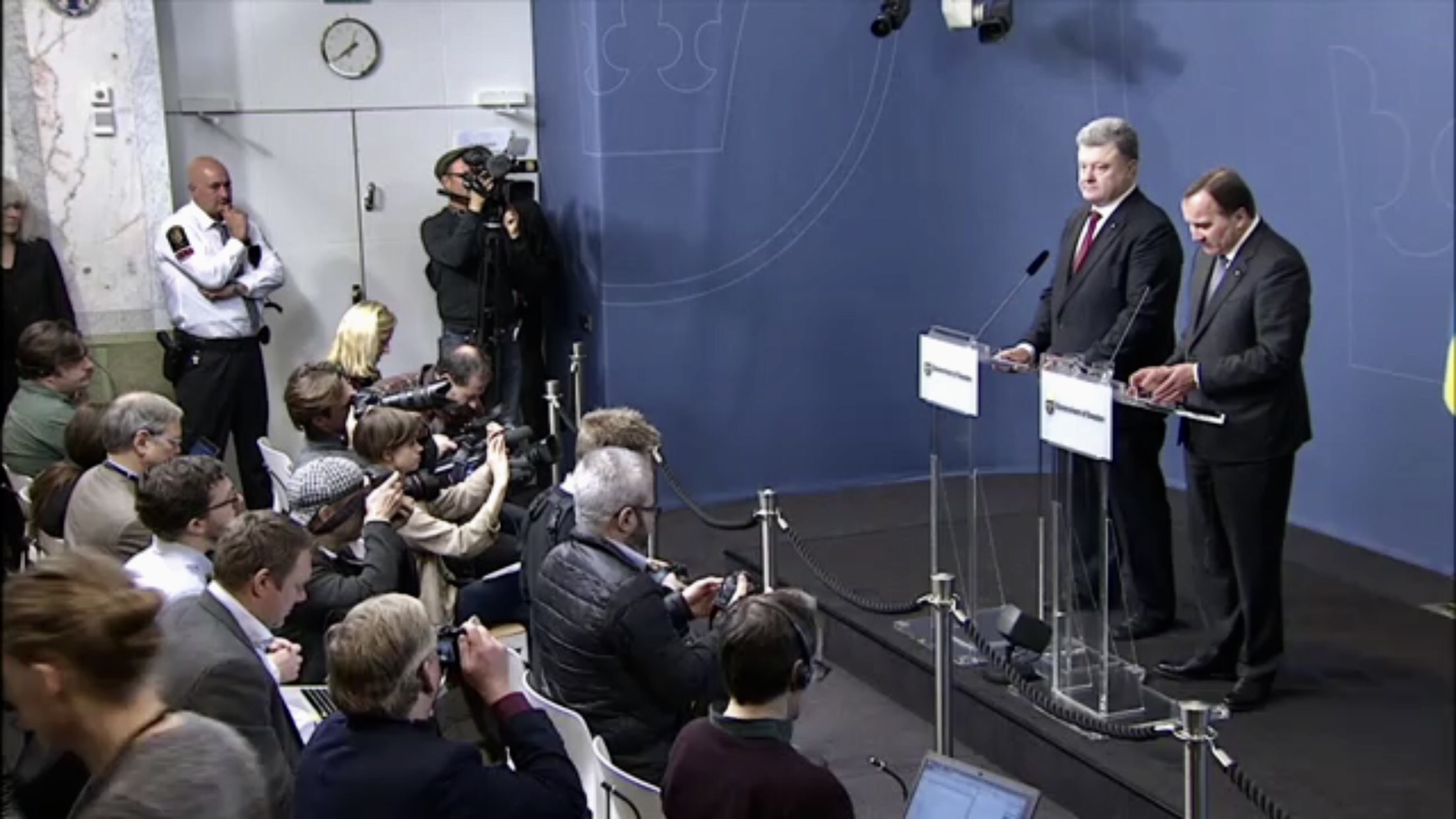
You must be logged in to post a comment.